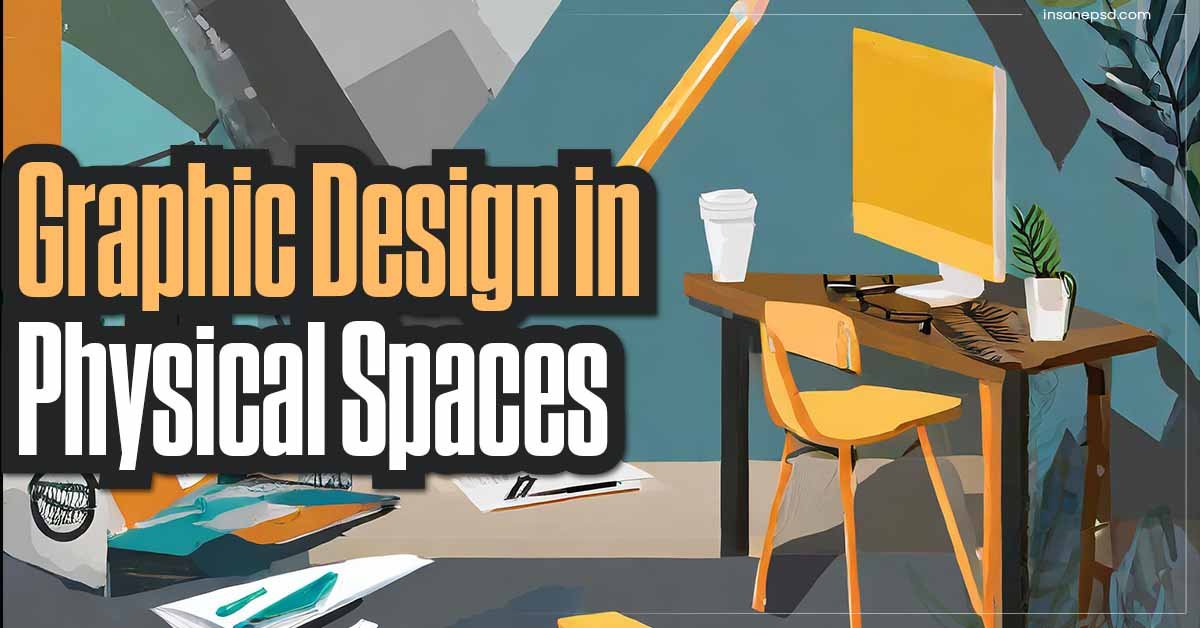Outline
- Introduction to Graphic Design in Physical Spaces
- Importance of physical spaces
- Definition of graphic design
- The Evolution of Graphic Design
- Traditional graphic design
- Digital transformation
- Integrating Graphic Design into Physical Spaces
- Signage and wayfinding
- Interior design and branding
- Enhancing User Experience
- Importance of user-centered design
- Creating engaging environments
- Challenges and Considerations
- Accessibility and inclusivity
- Sustainability in design
- Future Trends in Graphic Design for Physical Spaces
- Technology integration
- Interactive installations
- Conclusion
Beyond the Screen: Exploring the Role of Graphic Design in Physical Spaces
In today’s digital age, where screens dominate our attention, the significance of physical spaces should not be overlooked. Graphic design plays a pivotal role in enhancing these spaces, creating immersive environments that captivate and engage individuals beyond the confines of a screen.
Introduction to Graphic Design in Physical Spaces
Physical spaces hold a unique power to evoke emotions, convey messages, and shape experiences. Graphic design, in its essence, is the art of visual communication. It encompasses the arrangement of images, typography, and other visual elements to convey ideas and messages effectively.
The Evolution of Graphic Design
Graphic design has undergone a remarkable evolution over the years. Traditionally, it was confined to print media, encompassing posters, magazines, and advertisements. However, with the advent of technology, graphic design has transcended its traditional boundaries, venturing into the digital realm.
Integrating Graphic Design into Physical Spaces
The integration of graphic design into physical spaces is multifaceted. From signage and wayfinding systems that guide individuals through complex environments to interior design schemes that reflect a brand’s identity, graphic design serves as a powerful tool for shaping the perception of spaces.
Enhancing User Experience
Central to graphic design in physical spaces is the concept of user experience. Designing with the end user in mind is paramount to creating spaces that are not only visually appealing but also functional and intuitive. By prioritizing user-centered design principles, designers can craft experiences that resonate with individuals on a deeper level.
Challenges and Considerations
While graphic design has the potential to enrich physical spaces, it also presents challenges. Accessibility and inclusivity are critical considerations, ensuring that designs are accessible to individuals of all abilities. Moreover, sustainability is increasingly becoming a focal point, prompting designers to explore eco-friendly materials and practices.
Future Trends in Graphic Design for Physical Spaces
Looking ahead, the future of graphic design in physical spaces is ripe with possibilities. Technology will continue to play a pivotal role, with advancements such as augmented reality and interactive installations reshaping the way we interact with our surroundings. These innovations promise to blur the lines between the digital and physical worlds, offering new avenues for creative expression.
Conclusion
In conclusion, graphic design holds immense potential in shaping the experience of physical spaces. By leveraging its power to communicate and evoke emotions, designers can create environments that transcend the limitations of screens, leaving a lasting impression on individuals. As we navigate an increasingly digital world, the role of graphic design in physical spaces will only continue to grow in importance.
Unique FAQs
- How does graphic design impact wayfinding in physical spaces?
- Graphic design plays a crucial role in wayfinding by providing clear and intuitive signage that helps individuals navigate complex environments efficiently.
- What are some examples of interactive graphic design installations?
- Examples include interactive exhibits in museums, interactive kiosks in retail spaces, and digital signage that responds to user input.
- How can graphic design contribute to sustainability in physical spaces?
- Graphic designers can promote sustainability by using eco-friendly materials, incorporating renewable energy sources into their designs, and advocating for environmentally conscious practices.
- Why is user experience important in graphic design for physical spaces?
- User experience ensures that designs are intuitive, functional, and enjoyable for individuals interacting with the physical environment, ultimately enhancing their overall experience.
- What role does graphic design play in branding within physical spaces?
- Graphic design helps establish and reinforce brand identity within physical spaces through the consistent use of colors, typography, and imagery that align with the brand’s values and messaging.
